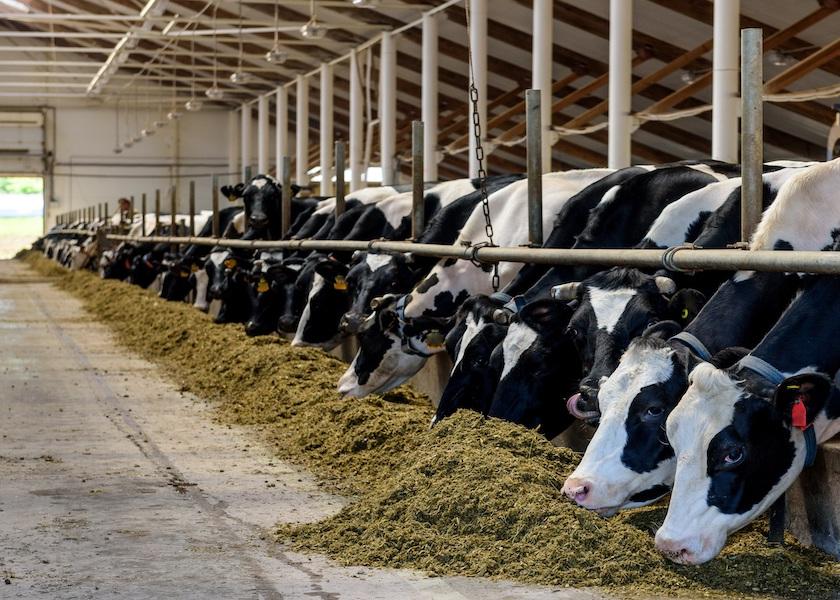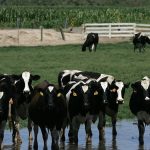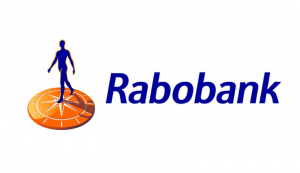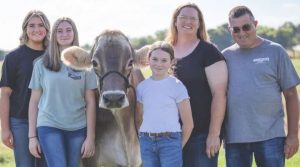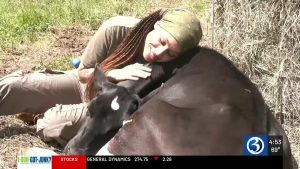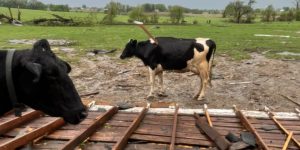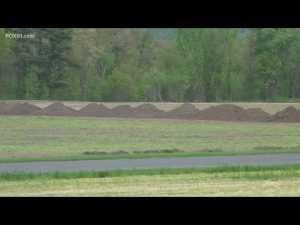
The bank had given them 6 months.
If they could not turn things around, this family would be losing their dairy farm and their house too.
Their lender advised them to liquidate immediately. But they called me instead.
When I arrived at the 600-cow dairy, the first thing I did was comb through their expenses for red flags, and I found one right away. They were spending a lot of money on medicines. With this information in mind, I headed out to the barn to talk with the herdspeople. They identified the fresh cows as a high concern, based on the amount of time and treatments happening in that area.
Often times, I see overtreatment as the result of a bigger issue: Feed. Whether it’s poor quality forage or failure to keep the bunk full, nearly every troublesome fresh cow issue starts right here. On this dairy, there were times during the day when the bunk was completely empty. Being more diligent and consistent on feed delivery alone as a game-changer.
Once these fresh cows didn’t have to wait around on an empty belly, things started to turn around quickly. Fewer cows needed to be treated, and that resulted in not only more milk, but also less need for time and money spent treating animals.
These changes allowed us to assess labor efficiency as well. Upon freshening, cows were moved to a pen where they would stay for their entire lactation. That meant each pen was a mix of fresh cows and all other stages of lactation.
All together, between these big changes and other smaller ones, we were able to help this dairy farm go from 6 down to 4 full-time employees, increase milk and reduce their expenses.
By the end of 6 months, this dairy had gone from losing $500,000 a year to actually breaking even.
And more importantly, they still have their home and the dairy farm.
You can now read the most important #news on #eDairyNews #Whatsapp channels!!!
🇺🇸 eDairy News INGLÊS: https://whatsapp.com/channel/0029VaKsjzGDTkJyIN6hcP1K
